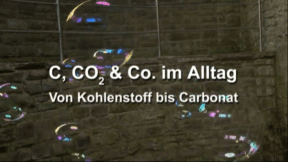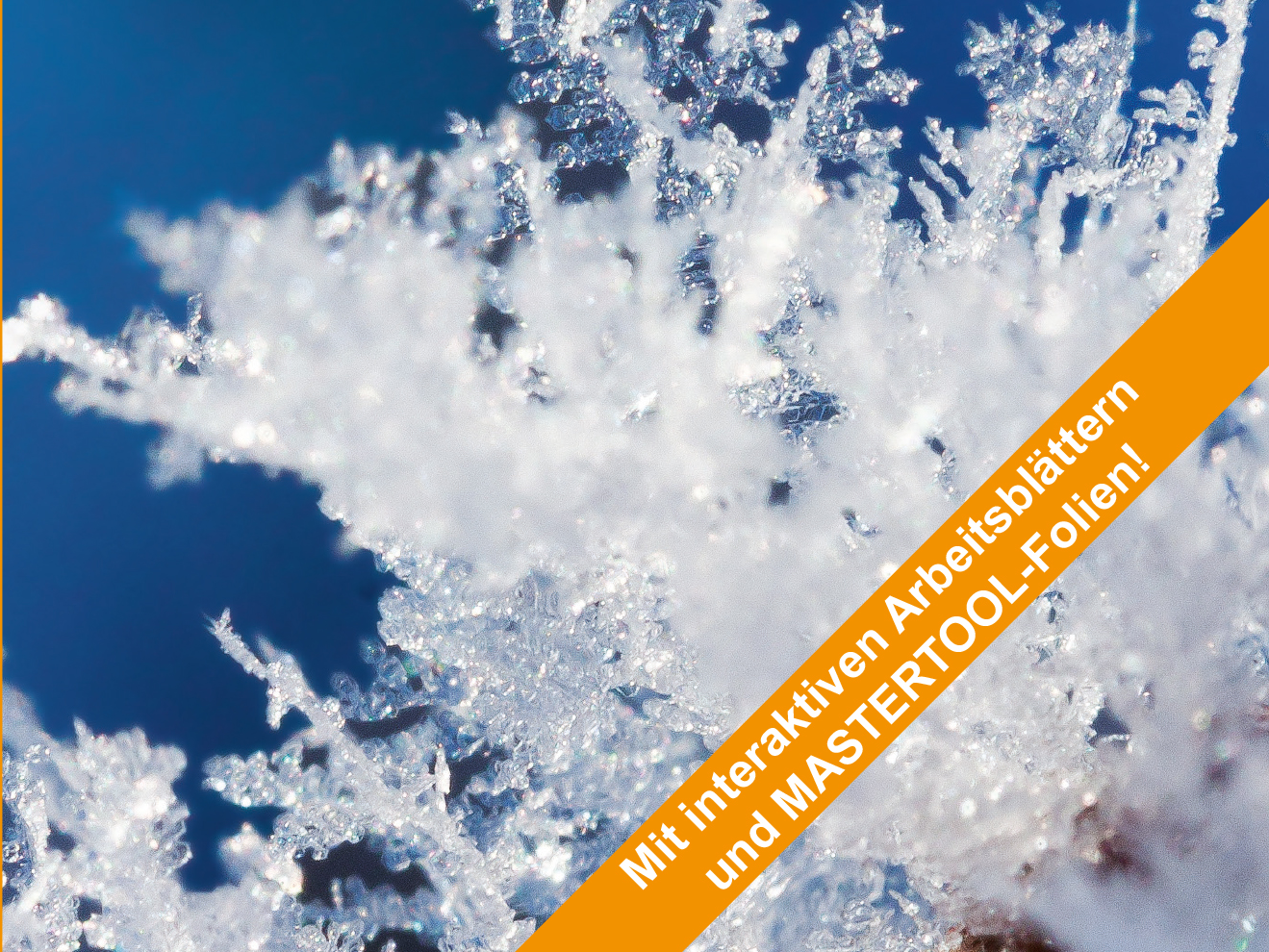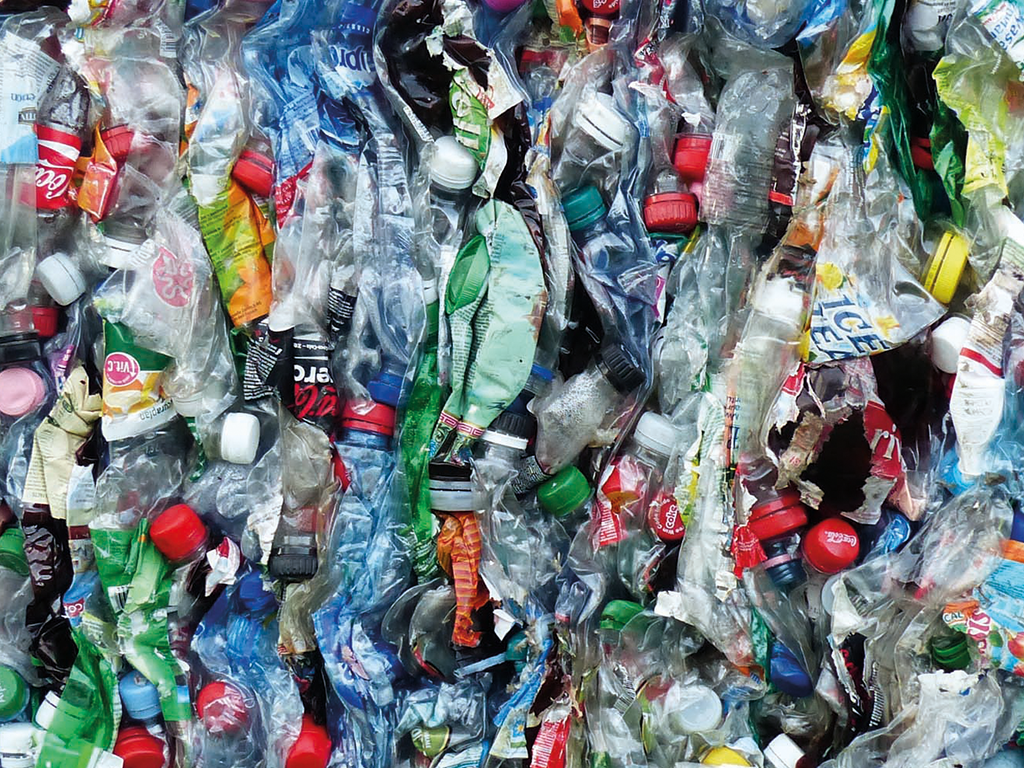
55502536
Grundlagen chemisches Rechnen 1
In 10 interaktiven H5P-Modulen gibt es Aufgaben zu Berechnungen von Masse, molarer Masse und Stoffmenge.
Das Medium bietet H5P-Aufgaben an, die ohne zusätzliche Software verwendbar sind.
Durch interaktive Aufgabentypen wird das audiovisuelle und interaktive Lernen einfach.
Lernen macht jetzt Spaß!
Included Tasks
- I Formeln; Größen und chemisches Rechnen - Wissensvermittlung
- II Berechnungen mit Unit (u) und Mol (mol) - (1)
- III Berechnungen mit Unit (u) und Mol (mol) - (2)
- IV Berechnungen mit Unit (u) und Mol (mol) - (3)
- V Finde die 7 Elemente - die nie als einzelnes Atom vorliegen
- VI Berechnungen der molaren Masse einer chemischen Verbindung (1)
- VII Berechnungen der molaren Masse einer chemischen Verbindung (2)
- VIII Berechnungen von molarer Masse mit verschiedenen Vorgaben (1)
- IX Berechnungen von molarer Masse mit verschiedenen Vorgaben (2)
- X Gemischte Berechnungen Masse; Stoffmenge; molare Masse
Curriculum-centred and oriented towards educational standards
Matching
C, CO2 and Associates in Everyday Life
All organic matter contains carbon. Coal is deposited in the Earth's interior. It developed about 300 million years ago from plants in a geological period which is also called Carboniferous. During the combustion of organic matter, carbon turns into the gas carbon dioxide. Dissolved in water, it becomes the so-called carbonic acid. Carbon dioxide is an incombustible, colourless and odourless gas that is easily dissolved in water. With various metal oxides or hydroxides it forms two types of salts: the carbonates and the hydrogen carbonates. As calcium carbonate it is contained in natural products such as chalk and egg shells. Specific forms of carbon, called modifications, are graphite and also the particularly valuable diamond.
World of Crystals
What have salt, iron, diamonds and a snow flake in common? At first glance, not very much.









